Text: Adel Kim
Image: Anastasia Ryabova, 27.07.2022 Moscow

Text: Adel Kim
Image: Anastasia Ryabova, 27.07.2022 Moscow
This text continues a series of conversations with Russian artists who find themselves in different life and residential circumstances after the start of Russia’s aggression in Ukraine.
Anastasia Ryabova is an artist, teacher, initiator of exhibitions, publishing, and educational projects; author of critical essays on art. She studied sociology and philosophical anthropology in the late 2000s and early 2010s in Russia.
nastyaryabova.com
This conversation took place on the 16th of August 2022 in Helsinki.
The literation of this interview was edited to prevent jeopardizing the safety of those mentioned by the authors. The quotations were added after the initial conversation took place.
Adel Kim: First, I would like to tell you a little bit about the context of this conversation. Our project is dedicated to the study of art residencies and sustainable development in Russia and Finland, at least, this is how it started back in 2021. In light of the events of 2022, its relevance has become less obvious, and questions of sustainable development and residencies are fading against the backdrop of Russia’s aggression in Ukraine. Therefore, my primary task is to understand the current situation in our field of study, and what makes sense now. For this, I decided not to limit myself solely to the topic of residencies and sustainability, but to expand it to the field of art in general along with various aspects of sustainability: not just environmentalist practices.
I collect interviews in which Russian artists share views and talk about their situation. The aggravation of conflicts polarizes us. As a result, discrepancies and semitones can sometimes be left outside the boundaries of the discourse. The generalization creates strange “tilts” in the spirit of “we must”: leave, stop paying taxes, come to our senses due to the visa ban. In my opinion, this partly happens due to a lack of understanding of the contexts in which different actors find themselves — in our case, professionals in the field of art. It is easy to judge from a position of moral superiority. But I want to believe that we can still revive the possibility of dialogue. As a way to do this, I propose to seek out common ground between people in different circumstances. So I think it is vital to bring different perspectives to light.
My plan is to talk to artists who find themselves in a wide array of “residing” circumstances: those who stayed in Russia forcibly, or by choice, in the capital city or regional areas; those who left; and to also examine other possible residing situations.
We are faced with a question of what to do and how to live.
It is important to shed light on this in order to discover our universal human foundations — we are all human beings, and Russian artists have not turned into creatures of different nature simply because their state went crazy.
This is the context of our conversation. I will start with a banal question: what are you doing now and where are you currently located?
Anastasya Ryabova: To start, I would like to thank you for this initiative. Most definitely, without communication, we will not be able to wrap our minds around what is happening or to create a more complete picture of reality.
Many of us were faced with the question of possible emigration even before the full-scale Russian invasion of Ukraine. But we all understand that having the option to choose between staying and leaving, is a privilege. And that decision is based upon a wide range of positions.
There are colleagues who believe it is necessary to continue work within the country. These practices are quite invisible to the world, but I see them as extremely important in the current context. I do not want to lose touch with what is happening there now in our crumbling community, and within a society that has not yet formed. The escape of 1,000 or even 10,000 cultural workers from the country will not empty Russia, or make it cease to exist.
On the 24th of February, I was in Moscow. I began, like many others in our circle, doing something instinctively, in a state of panic. Lack of experience forced us to act blindly. Laws were tightening right before our eyes. We had plans to put pressure on cultural institutions that were not ready to openly support the anti-war movement. These plans failed: the layoffs and arrests began two or three days after the outbreak of war, putting the employees of these institutions at risk. Sadly, institutions, for the most part, have not yet reformed, but this is another topic.
The scale of the war went up, and even our attempts at targeted support for Ukrainian friends, information work within the country, and calls for international solidarity turned out to be both illegal and simply disproportionate to the scale of the catastrophe.
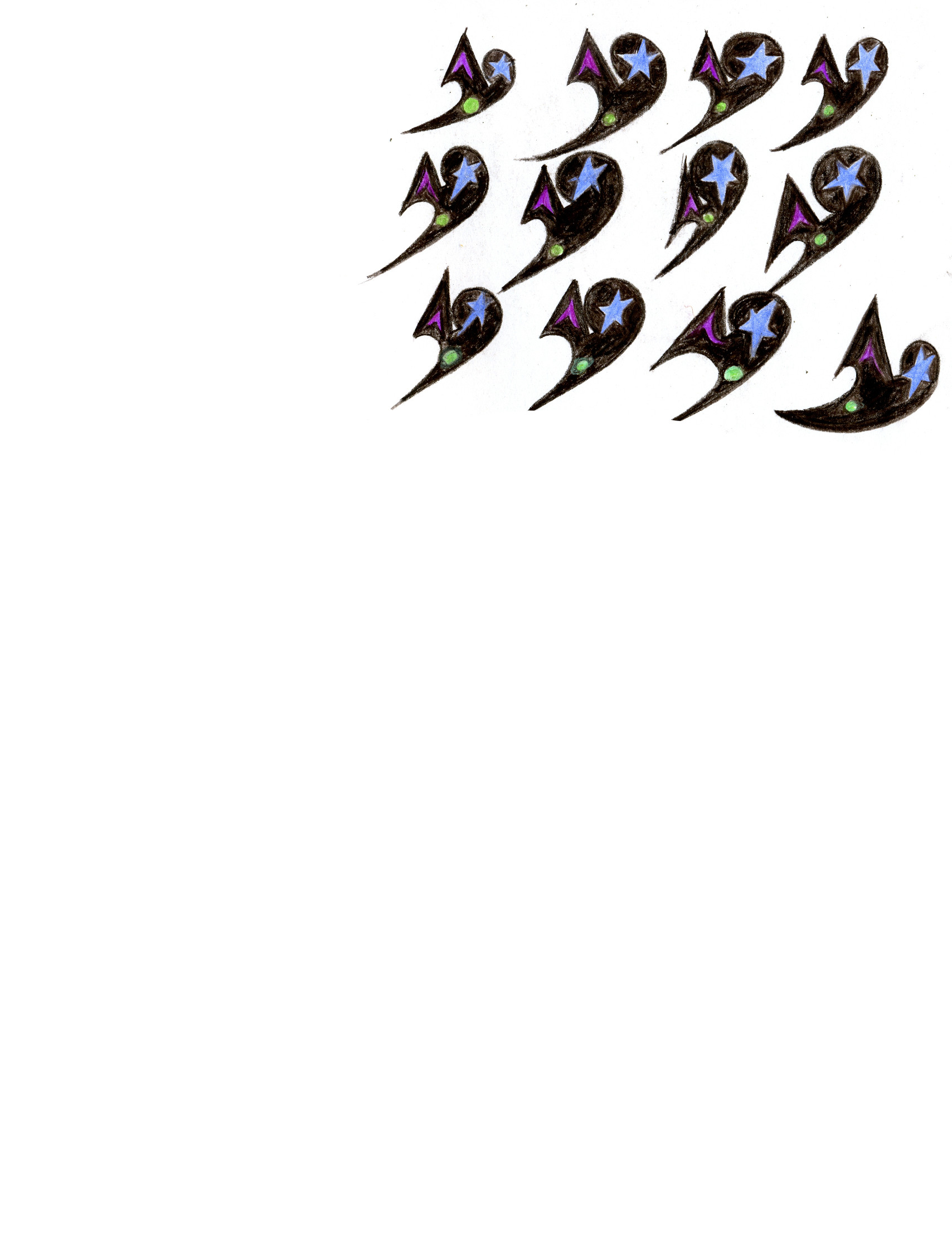
On the 6th of March, I left Moscow for Tel Aviv following the strong advice, and kind invitation of a close friend. There I experienced being in a national aggressor state while not having the religio-ethnic privilege that forms its statehood. When my permission to stay in Israel on grounds of tourism ended, I moved to Turkey, to the city of Izmir. There I found myself in another country full of political tensions, although for most Russians this is a place of affordable touristic prosperity.
In early July, I made the rather abrupt decision to go back to Moscow.
Being in exile, I was constantly looking for reasons not to return to Russia. I overcame this attitude largely due to a collapse in my personal life. I spent quite a fruitful (based on my own definitions of “fruitful”) month in Moscow.
Having obtained a Schengen visa, I left to continue my informal research. To describe my current geopolitical behavior, I would use the word “flickering”. I have certain privileges (I have neither elderly parents nor children, and a small basic income) that keep me going so far. I feel the need to be in various contexts, and to communicate with people that have different entry points into the conflict. My friends and colleagues are now scattered all over the world, and I spend a lot of time thinking about the grounds on which our meetings can or should take place.
I am continuing my drawing project. I learned to appreciate the value of this project even more after the outbreak of the full-scale war. Staying inside the territory of meanings that are being erased by the war, I continue to insist on human scale practices. I observe what figures my living body leads me to create.
Being outside of Russia, I started going through my archive, outlining what was done, as if trying to find something tangible in order to understand whether I was dreaming, or whether I exist.
АК: You often say that drawing, for you, is a certain form of resistance. Could you elaborate on this? What experience of resistance do you have in this regard?
АR: My entry into the art world was as informal as possible. With a group of friends, we created an online store where you cannot buy anything — megazin.biz. That was in 2008. Gradually, quite promising institutions — as it seemed then — began to emerge, supporting young artists. The cultural space, driven by market powers, began to transform us into competitors, and friendly connections turned into useful ones. When the industry started to grow, we all fell out. (Interestingly, the growth of these institutions correlates with the increase in the number of political prisoners.) Growing and gaining momentum, foundations, museums, and galleries began to demand the same, of the artists. It was as if they knew that the war was coming and wanted to do as many projects as possible before it finally hit. When I could not keep up with that pace, I started having doubts: is there something wrong with me?
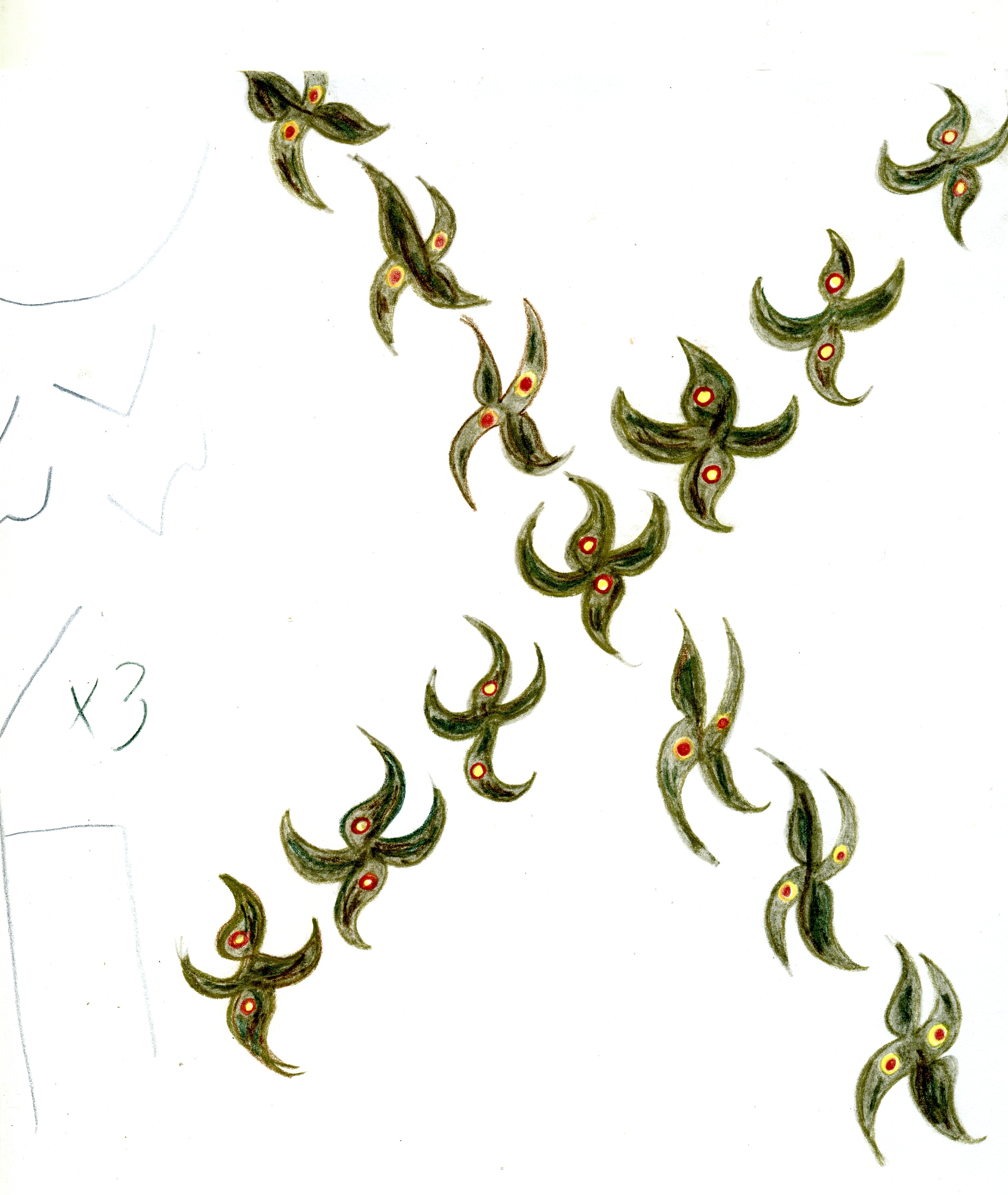
2014 — military actions in the East of Ukraine and the annexation of Crimea. In the beginning of 2015, the Night Movement emerged. You can probably say that this project was the genie in a bottle that was broken by that episode of Russian aggression. We were starting to doubt the solidifying structures inside the country. We tasked ourselves with partly removing this intermediary link between ourselves, and between us and art.
In 2016, the V–A–C Foundation stopped the Star Road-2 in Moscow. I started drawing a lot again. But at the same time, I was a little ashamed of this “drawing down-shifting”. For me, it was a kind of a guilty pleasure. And only retrospectively I began to understand its similarities with the Night Movement, it was my body’s awakening to its own self after almost five years of consistent erasure of the significance of my own organism in the name of art, that has been and remains driven by big money.
As if confirming my intuitive feeling, expressed in the return to drawing and in the creation of the Night Movement after the experience of working on large projects in oligarchic institutions, I found a recent dialogue between two of my friends published in the Moscow samizdat: "Bodies have become complex and multilayered, flexible, vulnerable, sensitive, and super-fragile. Therefore, the way we set them up is extremely valuable, each construction of ourselves is unique. The sexual act requires a complex relationship, adjustment, consent, ingenuity, as well as creativity.”
АК: In the spring of 2016, you were in residency in Finland. Is that right?
АR: Yes, I came to HIAP right after experiencing a series of burnouts related to my practice and personal life. For me, it was quite a pleasant experience of the healing power of residency. Although, if we begin to analyze at what costs this island of well-being is achieved, we will surely find something at fault.
АК: This seems interesting to point out, especially since you have experience from both the European and Russian residencies — the latter, we experienced together. I am talking about ZARYA in Vladivostok, where you were in 2018.
АR: There were a lot of positive things there, that would not necessarily have taken place in a different context. It was a pleasant surprise to meet you and get that opportunity to work together, as well as with the local artists and musicians (DVR, Kirill Kryuchkov and others). I can see their influence on my work to this day. I also got to participate in a performative symposium "Towards new polities of geographical imagination" curated by Nikolai Smirnov. At the same time, living conditions were rather modest. I was also confused by the fact that I had to pay for staying in the residency, with the works I created there. But the biggest shock was when I was working on my part of the programme for the symposium (the Star Road-3, which involved a lot of people, stretched out in time and manifested itself in different spaces simultaneously). The director of ZARYA literally interrupted me during the performance and requested that I make it more entertaining for the public.
АК: Did the “healing residency” you mentioned earlier, pull you out of the production line routine and help your interest in drawing flourish?
АR: Yes, what I wanted to do then, successfully coincided with what the residency had to offer. However, I still cannot institutionalize this return to drawing in any way. Even though it might seem like drawing is something easy to commodify. This is interesting to think about. Apparently, there is something more than the qualities of an inanimate object. Or, perhaps it is missing something that the logocentric grant system cannot easily digest. It could be the reason lies in some structure inside of me that resists this, through drawing among other things. For some reason, Adorno's quote from Reflections on a Damaged Life comes to mind: "Thus is the social order [Ordnung] assured: this one must play along, because one could not otherwise live, and that one, who could indeed live, is kept outside, because they don’t want to play along. It is as if the class which the independent intellectual deserted from revenges itself, by forcibly pushing through its demands precisely where the deserter sought refuge." Adorno is writing about people here, but it amuses me to think of drawing as a deserter.
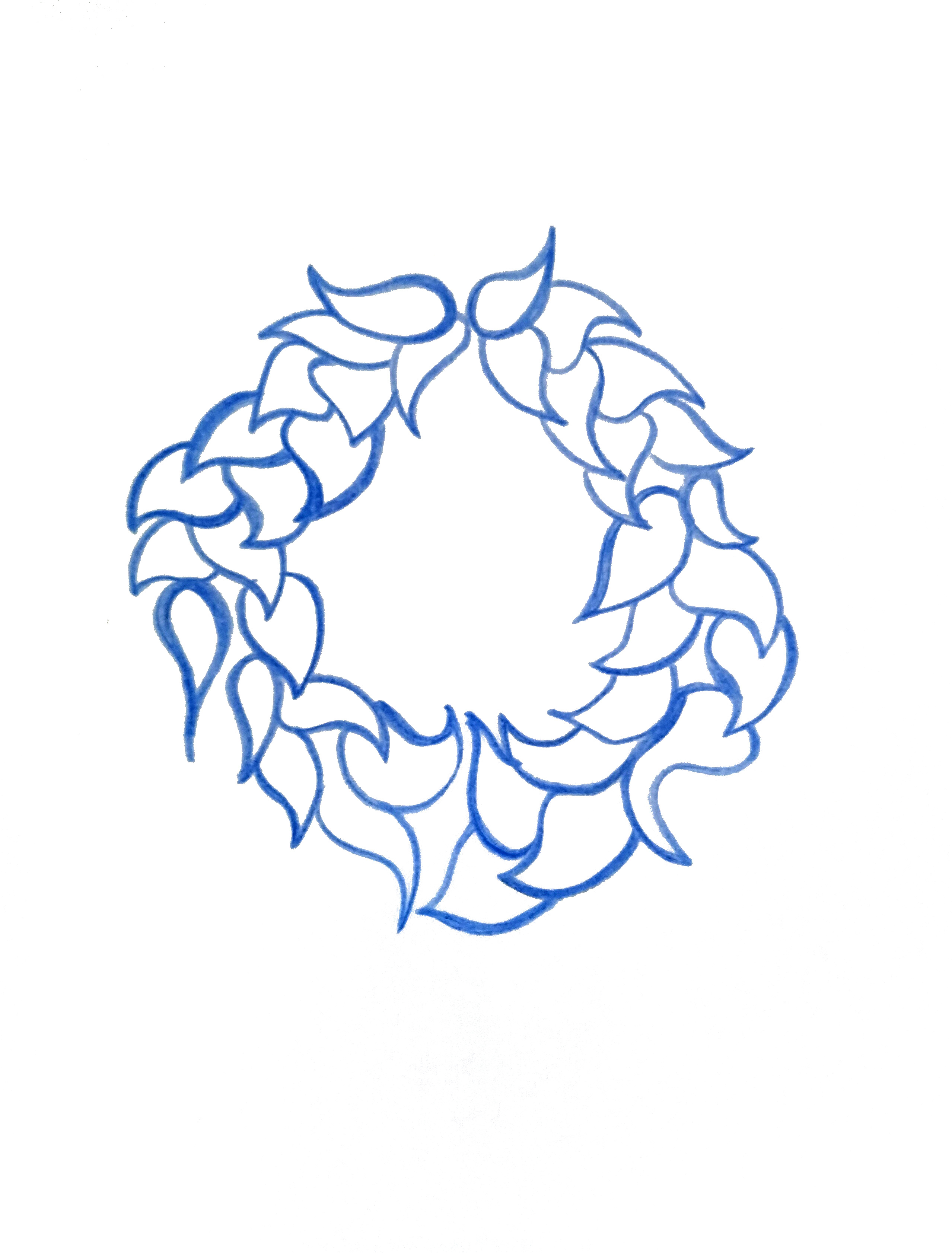
АК: I would like to continue talking about your way of being in the world that you described as flickering. I could find analogies here with how artists travel between residencies. In a normal situation, when you need to pull yourself out of the familiar context, jump into a different one, and then come back, a residency is just the right tool. Today, on the other hand, when people are trying to leave the country, flickering means that after the end of this temporary stay, there is no certainty about what will happen next. I would be interested to hear your reflections on the topic of what residencies are possible, and needed in the situation that Russian artists currently find themselves in.
АR: Russian artists are not an example of an ideal and unique victim. They are subjects, let's say so, among others, who are much more oppressed in many ways and who also have been forced to relocate. It is interesting that there is such a thing as a residential status (residence permit or residency status). I myself, recently applied for it in Turkey. Art residencies offer a temporary workplace for cultural workers, in some cases even housing and a working grant. When you arrive there, you have an illusion of your own importance — you are invited, or you have been chosen, and you are exceptional. On the other hand, when you receive a residence permit, you are a person in need. With the residential status, you seem to be entitled to more social benefits. But in both cases, you are a person with a lot of “withouts”: without a home, without a job, without social guarantees. The only thing that stays with you is an open question regarding your future.
Residential status is an official status that gives you the opportunity to receive the rights of, along with obligations to, the host country. Art residencies help you acquire new contacts, add to your CV, do a new project and to keep circulating in the system. I think rethinking residency and residential status as something interconnected can give rise to a new form. Our imagination should, in theory, penetrate the administrative channels of home and host states deeper and deeper.
(While we have been transcribing and editing our conversation, I ended up in Turkey again. This morning, we went to a social center for migrant women in our area. We all had breakfast together, and then worked in the garden. This center is called Yaşamak in Turkish, which literally translates as the noun ”living”, or the verbs ”to live”, ”to reside”, ”to exist”, and ”to dwell”.)
АК: "A place to be", in a way. It is interesting that there is no direct connection between «резиденция» (residency) and «вид на жительство» (residential status) in Russian language, but there is English, and a very obvious one at that.
АR: In Russian language, there is an interesting connection between the words «жилье» (accommodation), «вид на жительство» (residence status), and «жизнь» (life).
АК: But with regards to the very logic of residencies, this is a time-limited experience – and you know about this beforehand – the experience of being in another place, after which you are alone with yourself once again...
АR: …with the country of your citizenship, and your problems.
АК: Let us fantasize a little: what could help artists in situations like this? An imaginary practice, maybe a radical one?
АR: First, it would be great if those who enjoy having power would only be able to exercise it under the blanket of their homes, as a personal matter. As an artist, I am ready to help them in it.
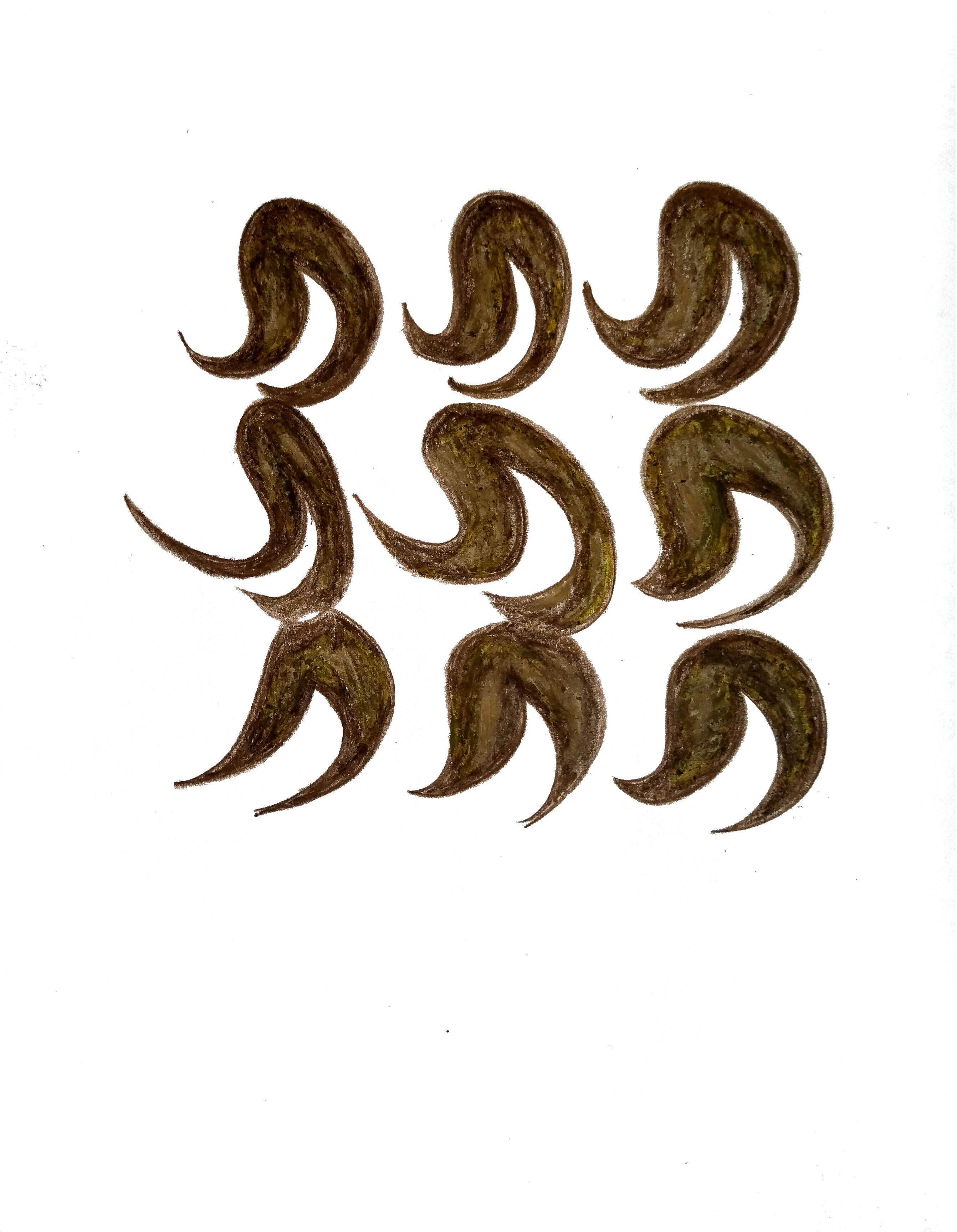
АК: It is interesting that you mentioned the interaction with the administrative apparatus in order to influence decision-making. I agree with this. But these principles will only work in a state supporting and engaging with civil society. In a state like Russia, the closer the government gets to the cultural field and any kind of cultural production, the worse it gets.
АR: This is a very interesting remark. I remember that in 2018, when I was in Vladivostok, there were protests against the falsification of the election campaign. There were almost no youth or representatives of the cultural field in the crowd. But there were activists and people supporting the deputies. We discussed this with one musician, and he said: “There is prejudice against politics in the Far East. It is due to the fact that we do not see the institution of power. The layer of criminals between the government (which is also quite criminalized) and our wishes makes any kind of communication impossible. Whether we go out to protest, whether we communicate our demands in writing — we do not have this channel. In Moscow or Saint Petersburg,” he said, “the situation is different: you go out to Manezhnaya Square, and they see you.” Today, this has changed a lot, but there was such a moment in the political history of our generation, on the other side of Russia, nine thousand kilometers from Moscow.
Undoubtedly, it is way more realistic for the discussion to be launched from below in such cozy and compact cities as Helsinki, or even Izmir, where the municipal government and the cultural sector are close. The parties see each other, almost as we see each other now, sitting in this cafe. In Vladivostok, this is practically impossible. However, there is a high intensity of informal subcultures as an alternative to the institutional system. I see how our friends flock together, support each other, and engage in creativity.
АК: I would also like to point out the lack of expertise in the field of art among the representatives of the regional authorities. It is possible that there might be more active grassroots initiatives in the rural regions in Russia precisely because the authorities did not, luckily, get too close. Perhaps, today this distance has been shortened. Although it is paradoxical — in order to do anything, to achieve something, we must stay away from the authorities.
АR: Interestingly, the remaining megalomaniac institutions in the Russian Federation are still convinced that it is necessary to keep producing events.
АК: I would like to get back to the topic of the community you brought up. How does the art community live now? Does it exist as a whole, or is it a bunch of separate informal associations between artists who share a common ground? What can be useful to the community, how does it function, and what does it face?
АR: Informality has ceased to be just nostalgia for Soviet kitchen gatherings or a supra-institutional strategy. Now it seems like the only way. However, not all the artists who stayed in Russia think so. Many continue to believe that the art system can still be utilized somehow. I hope this open penetration of Putin's agents into the fabric of the art system will make us question the status quo of large Russian institutions, and institutions beyond the borders of Russia.
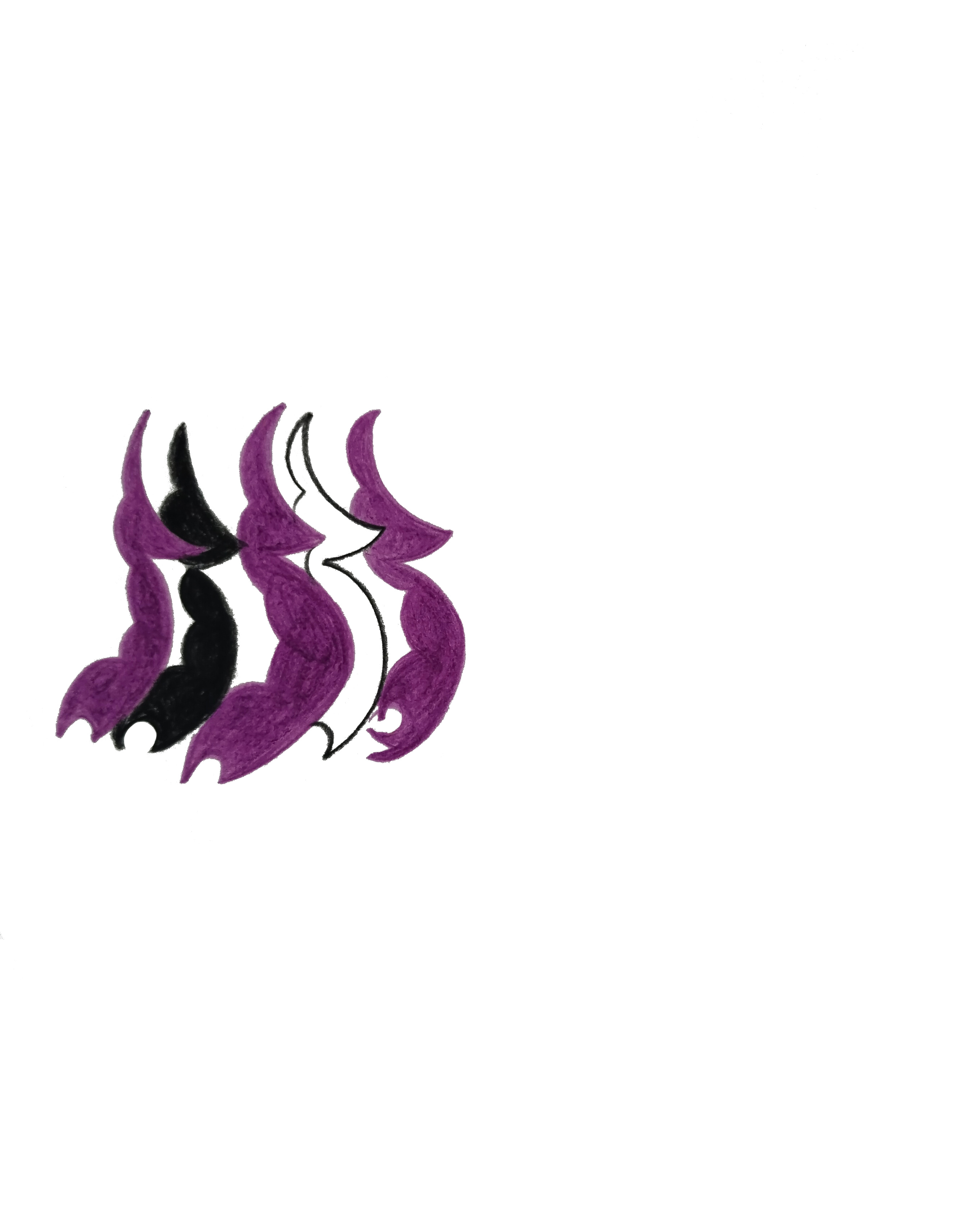
The new underground movement in Moscow, invisible from the outside, is becoming strong. People take care of each other, and it is acquiring familial qualities. In connection with the mass migration of many colleagues from the Russian Federation, the usual communities have thinned out, loneliness has become more acute; we are all scattered around the world now. Positions have become more convex. Consensus is impossible even within an individual.
I feel that creating and strengthening intimate connections is necessary more than ever. This is what we have been gradually losing in recent years, and what I personally refuse to submit to the ravages of the war.
Thinking about us (and I don't just mean Moscow friends), a Soviet film comes to mind — The Mysterious Wall (1967). In the taiga, a wall of powerful electrostatic discharge appears mysteriously. It causes people, who look at it, to experience various visions from their past. A terrible wall has appeared, separating people and pushing us to revise history.
АК: How has the life of the community, or atomized artists, changed? Not only due to the war when you are an enemy of the state, or even of yourself, but also under sanctions that automatically turn you into an enemy of the whole world?
АR: To be honest, it is hard for me to answer this question. Unfortunately, the global dance of resentment is picking up pace. This is a psychological fact: we throw accusations towards our own kind and those who differ from us, even slightly, to get a quick explanation for the ongoing horror. But at the same time, mutual aid networks are growing, and this is very heart-warming.
АК: Economic sanctions affect the fact that even if a foreign institution is ready to work with you, it will not always be able to pay you, even when it understands the nuances of the situation. Disconnecting banks from SWIFT hinders the ability to interact with the outside world.
АR: These so-called “cultural sanctions'' launched due to the full-scale invasion of the Russian Federation into Ukraine did not surprise me much. Both artists and cultures of non-First World countries have been introduced into the great art world on rather humiliating terms throughout the history of modern art. The most common way is selling one’s identity, which was preceded by exoticization. I have some personal examples: my friends studied somewhere in London, and their supervisor told them that because they were from Russia, they would be writing a dissertation about Pussy Riot. This "positive discrimination" is highly irritating. Contemporary art as a global project included agents from non-Western countries with great unwillingness. Kapoor, Kabakov — all the artists who managed to secure some sort of place in the hierarchy of great art — it is all about selling exotics and the unattractive consequences around it.
АК: It surprises me that in the 2010s and 2020s we continue to hold exhibitions of National Art. Do we really base our decisions to produce exhibitions on a national basis? What is this? You are right, it is essentialism and the selling of identity. I was recently reading ’On Freedom: Four Songs of Care and Constraint’ by Maggie Nelson, and she has an interesting point about this: why should queer artists, artists of different ethnicities and races etc. be required to make work solely about this experience? It is, in essence, twisting the performance, transforming artists into zoo animals. As in: They are all so different, let us admire them.
АR: In the art of the richest countries today, the victim is the hero (of political comedy). It annoys me immensely. Bringing compassion into a work of art on a huge budget is the whitest and cheapest way to do nothing.
АК: I would like to add that no intellectual effort is needed to comprehend that everything is simple and obvious. The same slap in the face is sometimes needed to understand that the victim cannot be the provocateur; they cannot be blamed for the violence committed. It has to be carved in the brain, this neural connection must be made.
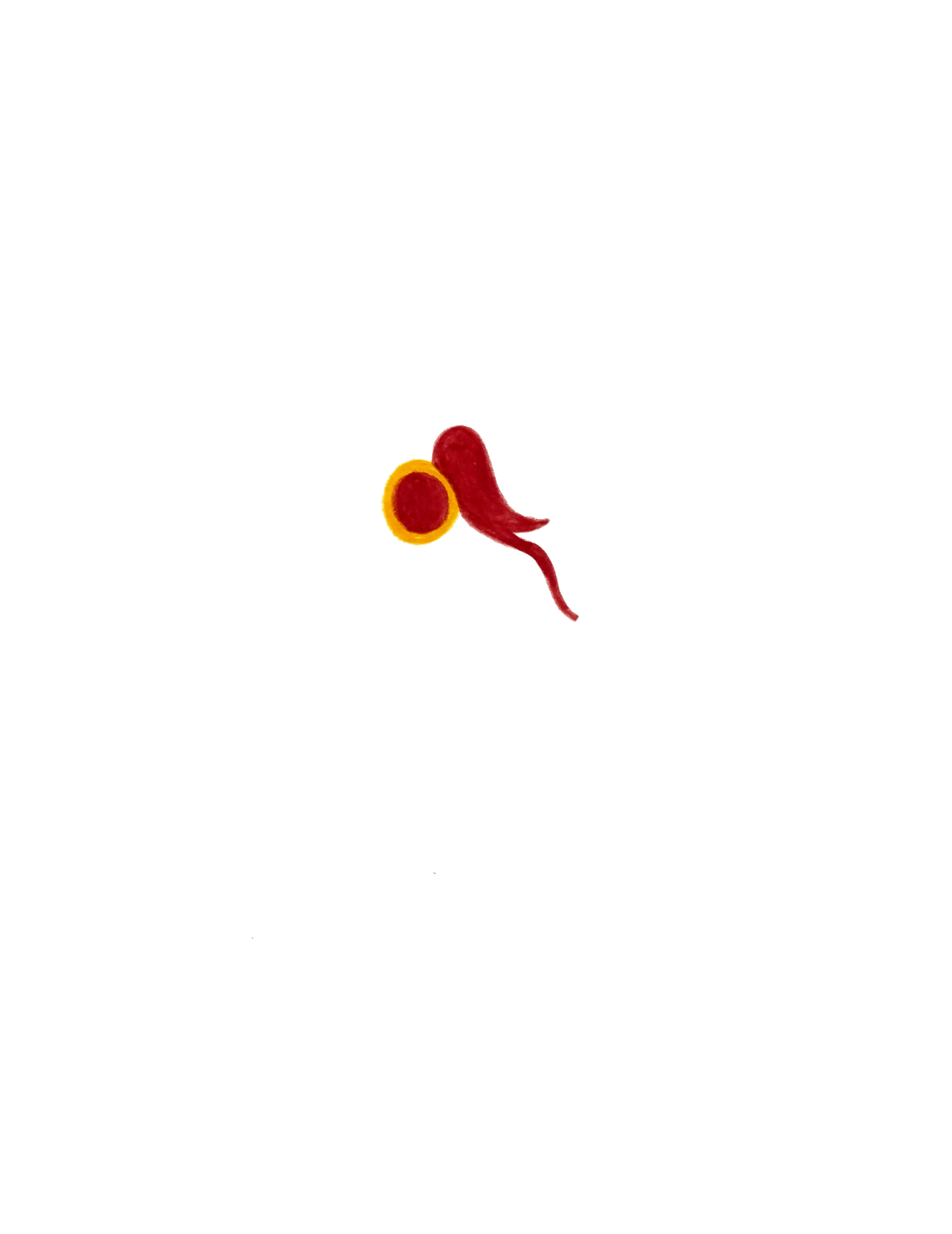
I also wanted to ask you about sustainability in a broader sense. Of the 17 sustainable development goals, most of them are in one way or another connected to the environment. These goals exist to ensure that there are enough resources left for the next generations. Sustainability is often perceived solely as something related to ecology and the environment. But one must remember that there are social benefits, equality, access to education and other basic human needs that would be good to preserve and pass on to future generations.
In addition, there is also personal sustainability. It can manifest itself in human life strategies that ensure one remains mentally or financially protected, and is able to exist in conditions of uncertainty. Or, within more or less stable social ties; communities. I wanted to ask you about the strategies that you have developed in this situation of increased stress, and panic we have been finding ourselves in for almost half a year. What helps you?
АR: I recently had a very interesting conversation with a friend of mine about nomadism in Arab culture. According to one version, the word "Arab" means "moving". But, if you change the order of the letters (anagram), the meaning of the word turns into “dry”, which means “stable”. My friend added that in Qatar, he noticed that the society is historically nomadic, and at the same time, has a very strong tradition.
I often feel like I am a Pop Rocks candy — the candy that tingles and pops in your mouth, pieces flying in different directions. You are pulled to a place you thought you were needed in, or where a friend has a sofa for you to crash on, to a place you find a cheap ticket to; you are pulled out from a place where you feel danger, where it feels unbearable.
You know, sometimes I feel like I have completely lost my mind. Since 2019, I have moved more than 10 times. And I began to think, is there sustainability in motion? I must add that Luminous Motion (1998) is one of my favorite movies.
АК: I like it because of how paradoxical it sounds in Russian: stability and sustainability have similar meanings. Stability in Russian comes from the verb “stand” and is associated with immobility, stability; the word was on the flag of Putin's first campaign. This stability turned out to be, as expected, horrible.
However, I think that sustainability can be flexible and mobile. In the end I wonder if this existence in the gaps of reality, in between limitations, is the most stable method of existence? This is, of course, a speculation, but I like the idea.
АR: Freely interpreting Aristotle's idea of different types of souls, we can say that a plant stands, an animal moves, and a person sets ideas in motion. So, perhaps in this convulsive instability, we need to start realizing where we are headed. The urgency of the current moment does not allow me to simply move from one gap to another, I want to learn to move politically. After all, there are social movements alongside geographical ones. There is a movement of thought, there is the Night Movement.
АК: Perhaps, over time we will find out how sustainable this strategy is. But for me it seemed to work for many years, and I have thought about how to apply it to the field of institutional residencies. Overall, I am now interested in practices that are not limited to the context of art. I am interested in life itself.
АR: Life itself is not just flickering in the gaps of reality, not just looking for lagoons, but a trajectory getting us through terrible walls, visible and invisible — like in the Star Road — towards the future of our dreams.